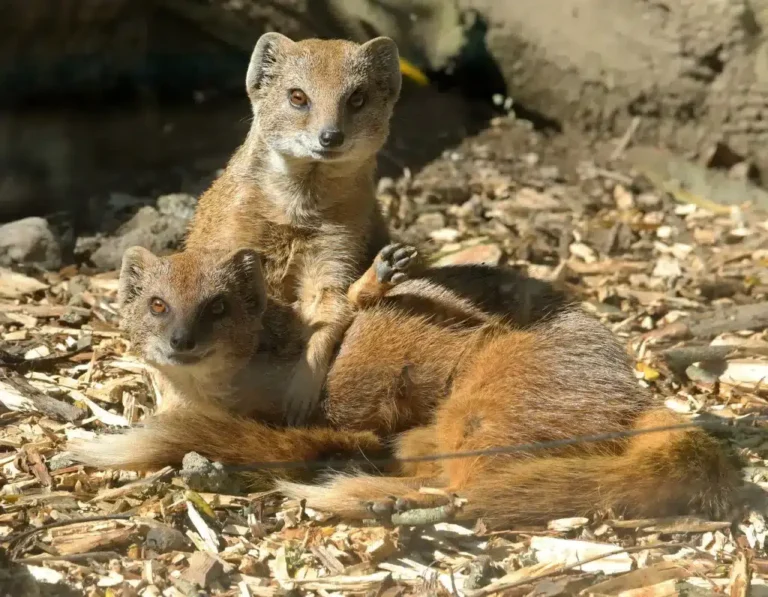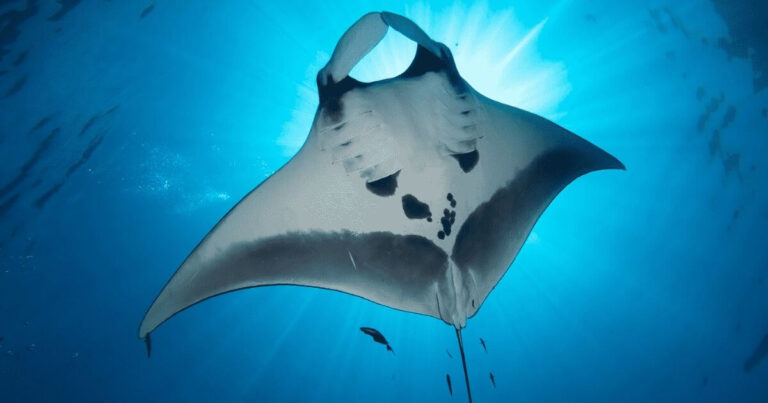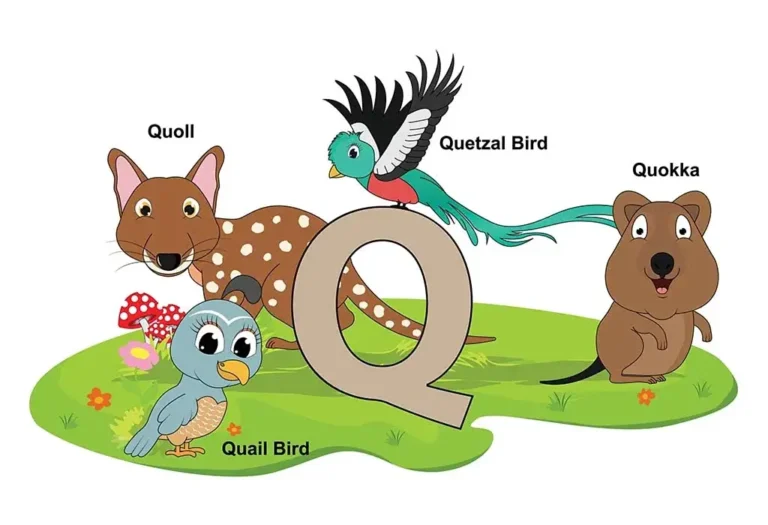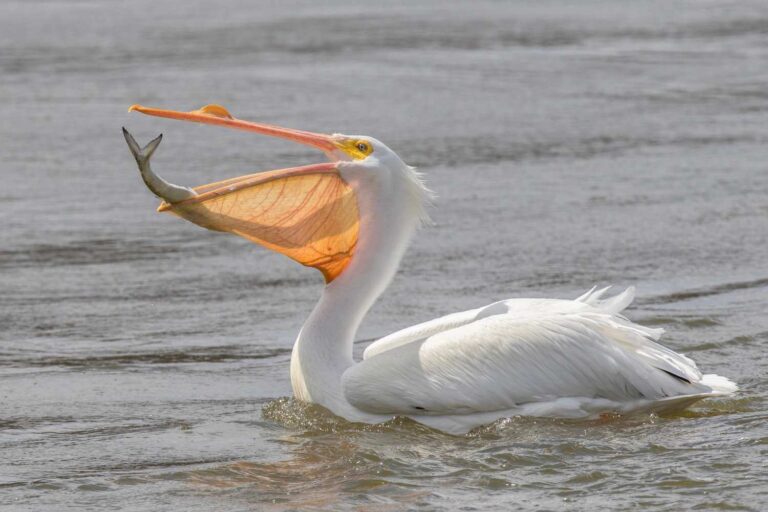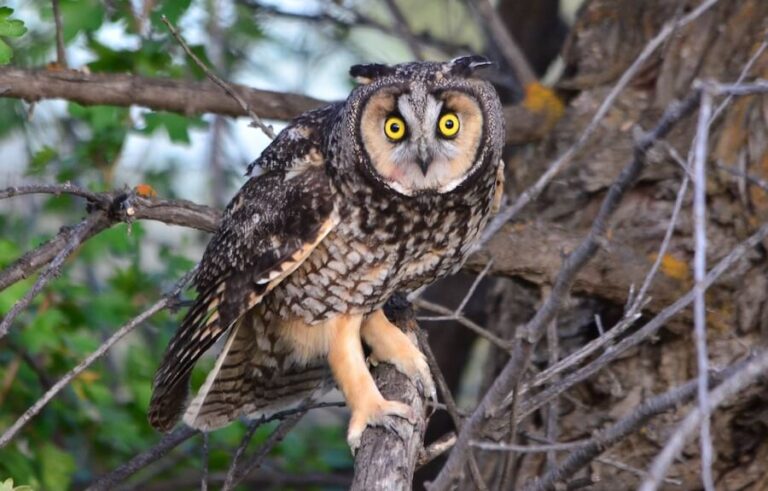Top Animals that Start with N | Fascinating Wildlife Facts
The animal kingdom is vast and diverse, with creatures ranging from the tiniest insects to the largest mammals. Among them, a captivating selection of animals starts with the letter “N.” These creatures are fascinating in their own right and play vital roles in their ecosystems.
Contents
- 1 Alphabetical List Of Animals That Start With N
- 2 Top 10 Animals That Start With N | animal starting with n
- 3 1. Narwhal: The Unicorn of the Sea
- 4 2. Numbat: The Endangered Termite-Eater
- 5 3. Newt: The Amphibian with Regenerative Powers
- 6 4. Nightingale: The Songbird of Europe
- 7 5. Nile Crocodile: Africa’s Apex Predator
- 8 6. Nene: Hawaii’s State Bird
- 9 7. Norwegian Forest Cat: The Majestic Feline
- 10 8. Nudibranch: The Sea Slug with Style
- 11 9. Nyala: The Graceful African Antelope
- 12 10. Northern Cardinal: The Red Songbird
Alphabetical List Of Animals That Start With N

| Nabarlek | Night Adder | Northern Parula |
| Naegleria | Night Heron | Northern Pintail |
| Naked Mole Rat | Night Snake | Northern Potoo |
| Narwhal | Nightingale | Northern Screamer |
| Natterjack | Nightjar | Northern Water Snake |
| Nautilus | Nile Crocodile | Norway Rat |
| Neanderthal | Nile Monitor | Norwegian Buhund |
| Neapolitan Mastiff | Nile Perch | Norwegian Elkhound |
| Nebelung | Nilgai | Norwegian Forest |
| Needlefish | No See Ums | Norwegian Lundehund |
| Nelore Cattle | Norfolk Terrier | Norwich Terrier |
| Neon Tetra | Norrbottenspets | Nose-Horned Viper |
| Neptune Grouper | North American Black Bear | Nova Scotia Duck Tolling Retriever |
| Netherland Dwarf Rabbit | Northern Alligator Lizard | Nubian Goat |
| New Hampshire Red Chicken | Northern Bobwhite | Nudibranch |
| Newfoundland | Northern Cardinal | Numbat |
| Newfypoo | Northern Flicker | Nuralagus |
| Newt | Northern Fur Seal | Nurse Shark |
| Nguni Cattle | Northern Harrier | Nut Weevil |
| Nicobar Pigeon | Northern Inuit Dog | Nuthatch |
| Nigerian Goat | Northern Jacana | Nutria |
| Nyala | animal start with n |
More animals that start with: A | B | C | D | E | F | G | H | I | J | K | L | M | N | O | P | Q | R | S | T | U | V | W | X | Y | Z
Top 10 Animals That Start With N | animal starting with n
1. Narwhal: The Unicorn of the Sea

The Narwhal is one of the most distinctive animals, starting with “N.” Known for its long, spiral tusk, it is often called the “unicorn of the sea.” This medium-sized whale species is native to the Arctic waters around Greenland, Canada, and Russia.
- Scientific Name: Monodon monoceros
- Habitat: Arctic seas
- Diet: Mainly fish, shrimp, and squid
- Unique Attribute: The long tusk, an elongated tooth, can grow up to 10 feet in males. The tusk’s purpose is still a topic of study, though it may be used for mating displays or as a sensory organ.
Narwhals are critical to the Arctic marine ecosystem, serving as predators and prey. Despite their mythical appearance, they face real-world threats like climate change and human activities, including hunting.
2. Numbat: The Endangered Termite-Eater
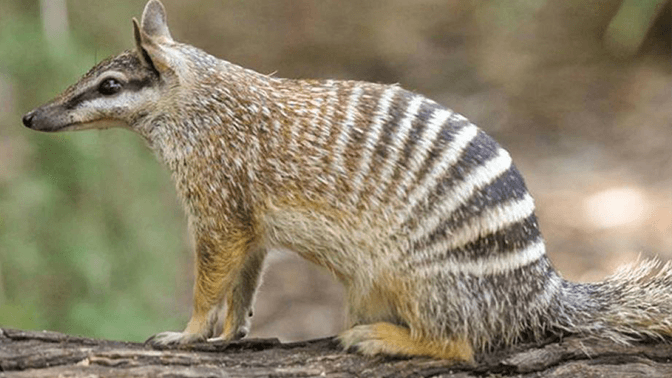
The Numbat is an adorable but endangered marsupial found in Australia. With its slender, pointed snout and long, bushy tail, it resembles a small anteater. Numbats primarily feed on termites, consuming thousands in a single day.
- Scientific Name: Myrmecobius fasciatus
- Habitat: Eucalyptus forests in Western Australia
- Diet: Exclusively termites
- Conservation Status: Endangered
Efforts to conserve the numbat population are in full force, with national parks and reserves playing a crucial role in their survival. Numbats are diurnal, meaning they are active during the day, which is rare among marsupials.
3. Newt: The Amphibian with Regenerative Powers

Newts are small, semi-aquatic amphibians, often mistaken for lizards due to their appearance. They are known for regenerating lost body parts, including limbs, eyes, and even parts of their hearts and spinal cords.
- Scientific Name: Family Salamandridae
- Habitat: Freshwater ponds, lakes, and damp forest floors
- Diet: Insects, worms, and small invertebrates
- Unique Attribute: Regeneration of lost limbs and organs
Many species of newts exist, including the red-spotted newt and the great crested newt. They are essential in controlling insect populations, making them vital for maintaining ecosystem balance.
4. Nightingale: The Songbird of Europe
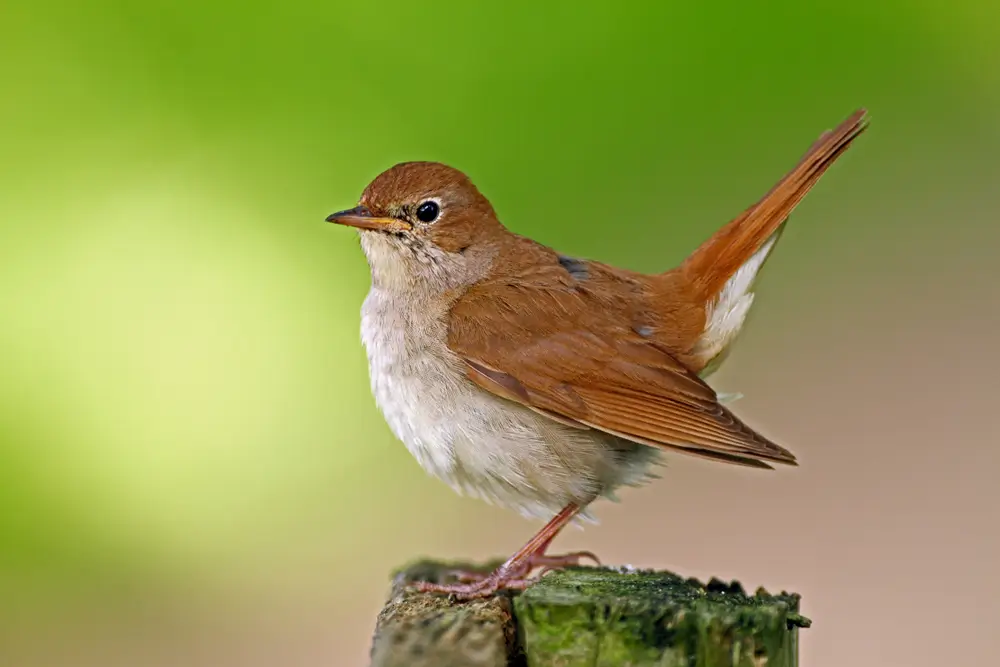
Renowned for its melodious song, the Nightingale is a small, plain-looking bird that has inspired countless poets and writers throughout history. Despite its modest appearance, the nightingale’s song is considered one of the most beautiful and complex in the bird world.
- Scientific Name: Luscinia megarhynchos
- Habitat: Woodland, scrub, and gardens across Europe and parts of Asia
- Diet: Insects, berries, and tiny seeds
- Unique Attribute: Complex and beautiful song, often performed at night
The nightingale’s song is not just aesthetically pleasing but serves as a means of communication, especially during the breeding season. Sadly, their populations are declining due to habitat loss.
5. Nile Crocodile: Africa’s Apex Predator

The Nile Crocodile is one of the most giant and aggressive reptiles. The Nile crocodile is an apex predator found throughout sub-Saharan Africa, meaning it sits at the top of its food chain.
- Scientific Name: Crocodylus niloticus
- Habitat: Rivers, lakes, and marshes across Africa
- Diet: Fish, birds, mammals, and occasionally humans
- Size: Can grow up to 20 feet long
Nile crocodiles are known for their patience when hunting, often lying still for hours before ambushing prey with a deadly bite. Despite their fearsome reputation, they are critical to the health of African waterways by controlling fish populations and preventing overgrowth.
6. Nene: Hawaii’s State Bird

The Nene, also known as the Hawaiian goose, symbolizes resilience. Once on the brink of extinction, conservation efforts have helped the species recover, although they remain vulnerable.
- Scientific Name: Branta sandvicensis
- Habitat: Grasslands, shrublands, and volcanic slopes of Hawaii
- Diet: Grasses, leaves, seeds, and flowers
- Conservation Status: Vulnerable
The Nene’s recovery is one of conservation’s success stories, but ongoing habitat destruction and predation by non-native species threaten their survival.
7. Norwegian Forest Cat: The Majestic Feline

The Norwegian Forest Cat is a large, fluffy breed with a history rooted in Viking lore. Known for its robust build and thick coat, this cat is perfectly adapted to cold climates.
- Scientific Name: Felis catus
- Habitat: Domesticated, often found in colder climates
- Diet: Commercial cat food, small animals in the wild
- Unique Attribute: Thick double coat for insulation in cold climates
These cats are friendly, social, and highly intelligent, making them beloved pets in households worldwide. Their natural hunting instincts also make them excellent mousers.
8. Nudibranch: The Sea Slug with Style

Nudibranchs are a group of soft-bodied, marine gastropod molluscs known for their striking colors and intricate patterns. Despite their fragile appearance, many species of nudibranchs are toxic and use their bright colors as a warning to potential predators.
- Scientific Name: Suborder Nudibranchia
- Habitat: Oceans worldwide, particularly in coral reefs
- Diet: Sponges, corals, and other sea organisms
- Unique Attribute: Vibrant colors and patterns
Nudibranchs are often studied for their ability to produce unique chemical compounds, some of which have potential medicinal uses.
9. Nyala: The Graceful African Antelope

The Nyala is a striking antelope species found in Southern Africa. Males are more significant than females and have impressive spiral horns, while both genders sport white stripes down their bodies.
- Scientific Name: Tragelaphus angasii
- Habitat: Woodlands, grasslands, and savannas of Southern Africa
- Diet: Grasses, leaves, and fruits
- Conservation Status: Least Concern
Nyala are shy and elusive, but their stunning appearance and graceful movements make them a favorite among wildlife enthusiasts and photographers.
10. Northern Cardinal: The Red Songbird
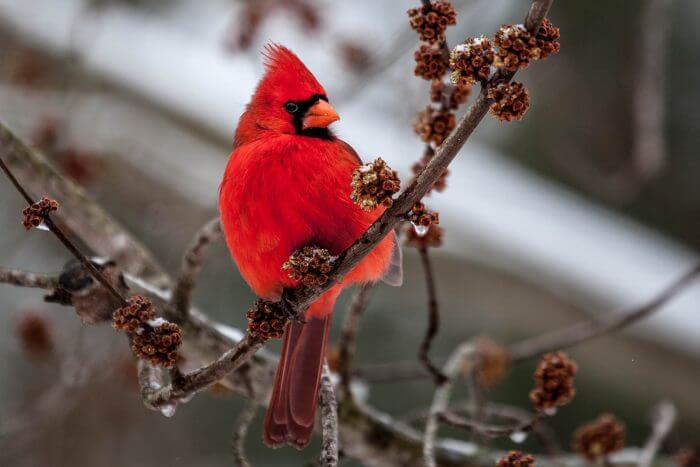
The Northern Cardinal is one of North America’s most recognized birds due to its bright red plumage and cheerful song. Found in gardens, woodlands, and wetlands, this bird is a favorite among birdwatchers.
- Scientific Name: Cardinalis cardinalis
- Habitat: North American gardens, forests, and swamps
- Diet: Seeds, insects, and fruits
- Unique Attribute: Males have bright red feathers; females are brown with red accents.
Northern cardinals are territorial and often seen defending their space, especially during the breeding season.
- Golden Retriever Pros and Cons: What Every Pet Parent Should Know - 15 September 2025
- Cane Corso Dog Breed: Health, Care, and Lifespan - 14 September 2025
- Catahoula Leopard Dogs: Description, Temperament, Lifespan, & Facts - 21 July 2025


